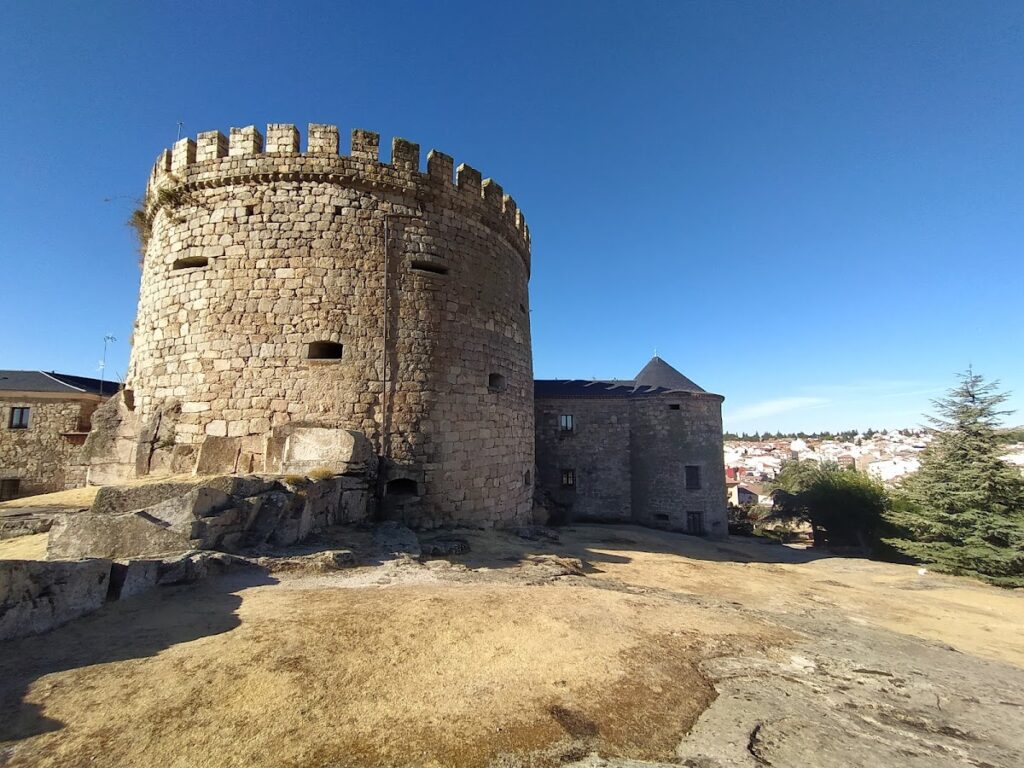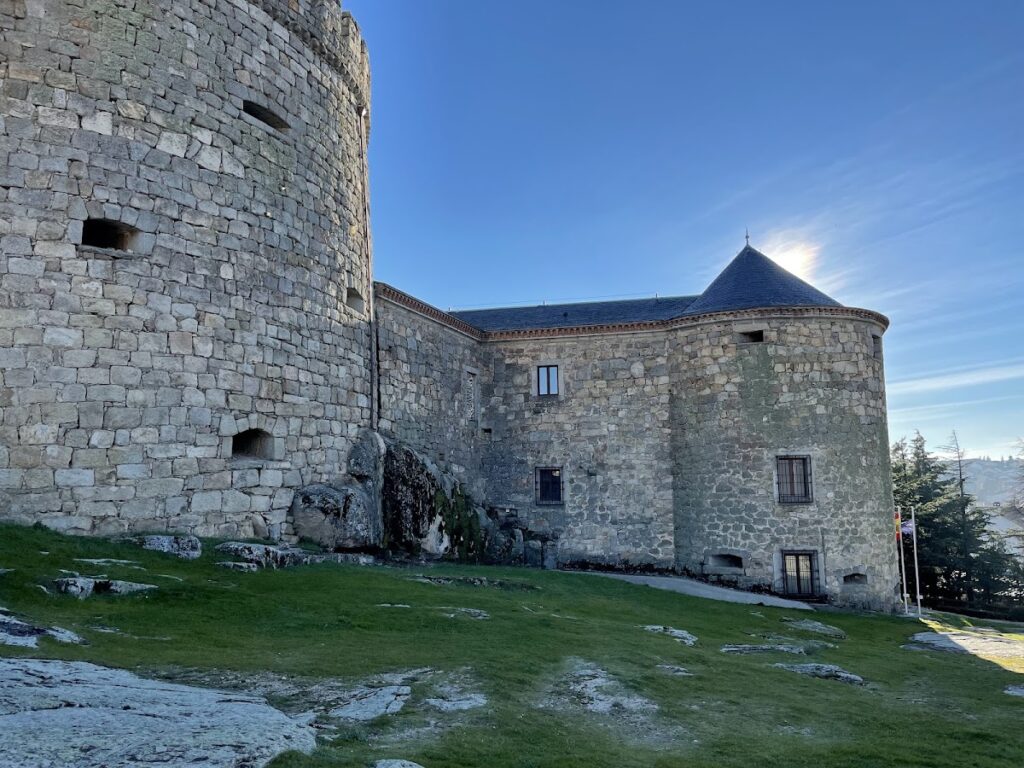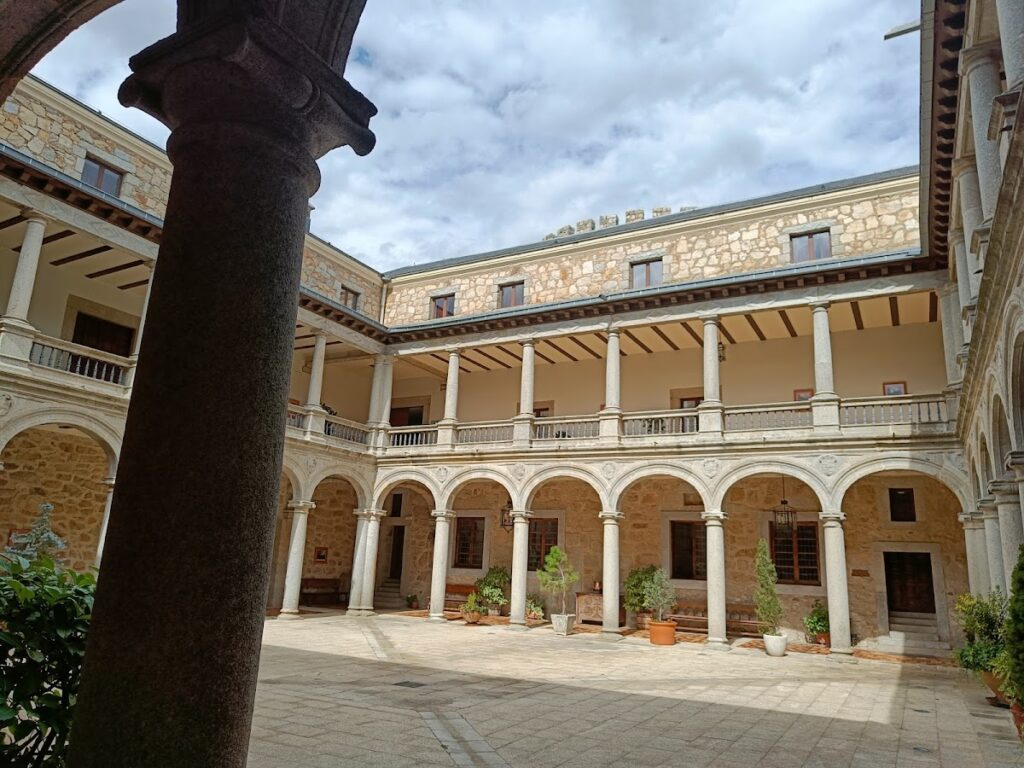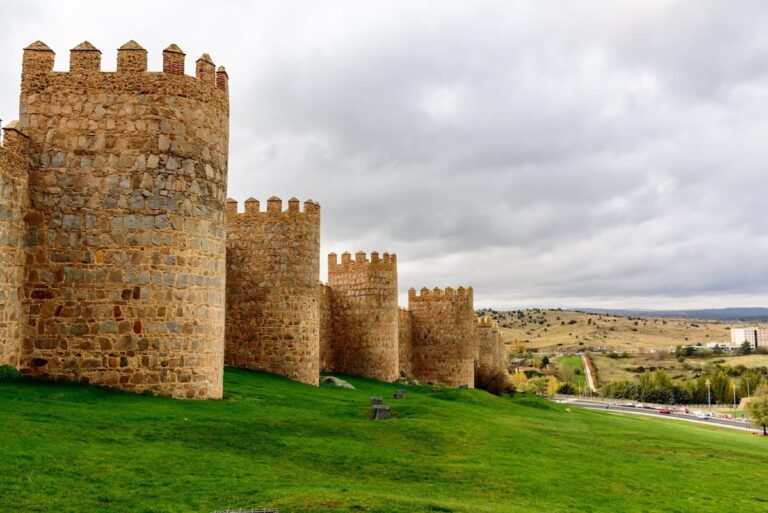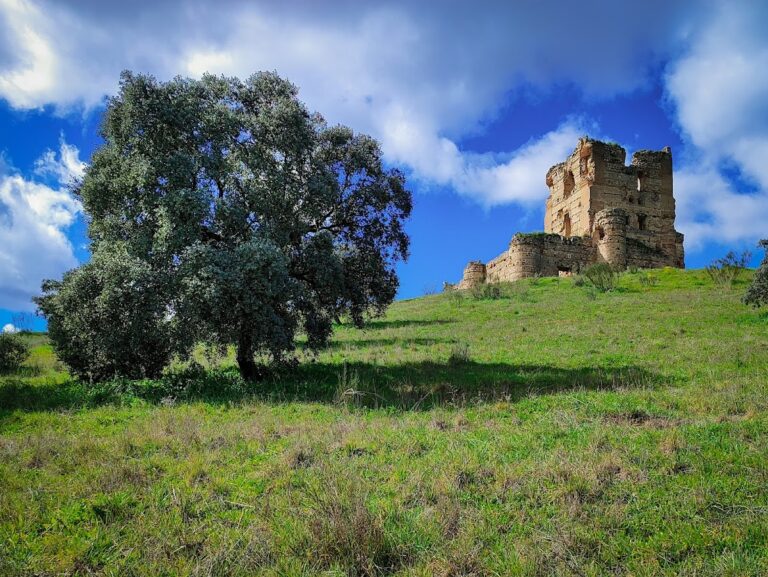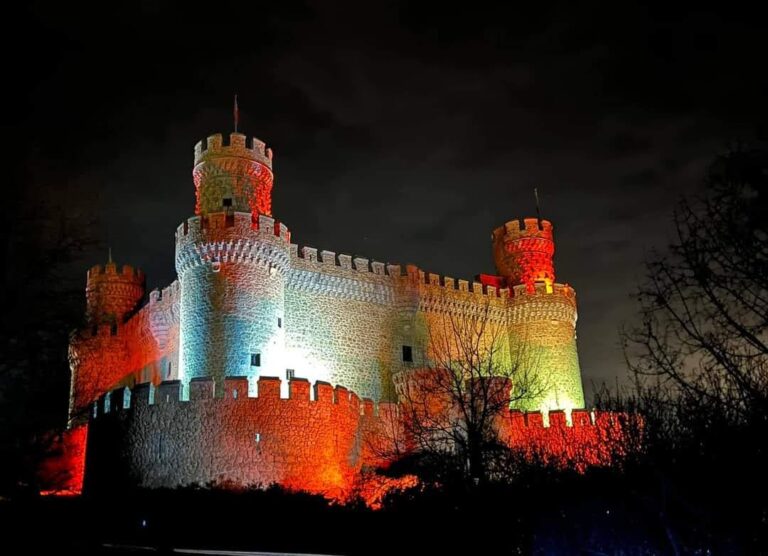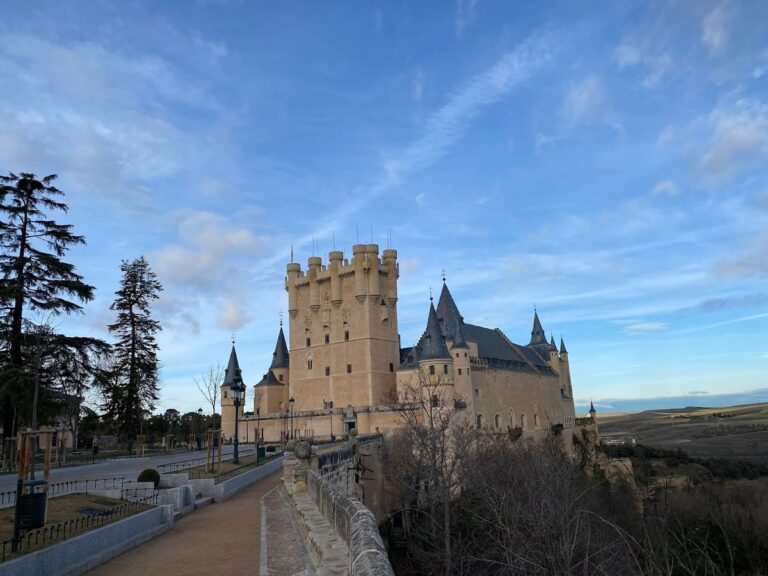Castillo-Palacio de Magalia: A Historic Renaissance Castle in Las Navas del Marqués, Spain
Visitor Information
Google Rating: 4.4
Popularity: Low
Google Maps: View on Google Maps
Official Website: magalia.inaem.gob.es
Country: Spain
Civilization: Unclassified
Remains: Military
History
The Castillo-Palacio de Magalia stands in the municipality of Las Navas del Marqués in Spain. Its origins trace back to at least the 11th century, when a circular tower base was constructed, reflecting an early phase likely tied to the Christian kingdoms of the Iberian Peninsula during the Middle Ages.
During the first half of the 16th century, the site underwent significant transformation into a Renaissance castle-palace, combining the fortified characteristics of its earlier medieval structure with the architectural and residential style of the Renaissance. This building phase established the castle’s dual purpose as both a noble residence and a defensive stronghold. The construction reflects the tastes and needs of the Spanish nobility of the period, adapting older fortifications into a more refined, habitable palace.
Over the centuries, the site accumulated various architectural and artistic elements from different eras. Gothic-Mudéjar galleries, an architectural style blending Christian Gothic forms with Islamic artistic influences, highlight the evolving cultural environment of the region. Additionally, the castle features medieval coats of arms, notably those of the Dávila and Córdoba families, emphasizing its connection to prominent noble lineages.
Throughout its history, the Castillo-Palacio de Magalia has safeguarded an array of artworks and objects, including paintings originally held by the Museo del Prado and relics such as a Roman funerary cippus—an inscribed stone marker used in antiquity—and other sacred items bearing the signature of Saint Teresa of Ávila, a key figure in Spanish religious history.
In the 20th and early 21st centuries, the castle served as a venue for conventions and congresses. It closed temporarily in early 2023 for extensive renovations and reopened in July 2025 with a new focus as a center dedicated to artistic creation. This contemporary role continues its long-standing tradition as a place of cultural importance, now supported by Spain’s national arts institutions.
Remains
The structure of the Castillo-Palacio de Magalia reflects its Renaissance origins while preserving earlier architectural elements from the Middle Ages. The building incorporates a prominent circular tower that rests on a foundation dating to the 11th century, demonstrating its early defensive function. This tower base is visible today, presenting a rare example of such ancient fortification integrated within a later residential complex.
The castle is uniquely constructed partially on exposed bedrock, which remains evident in parts of the courtyard with its porticoed galleries. This direct incorporation of natural rock into the structure makes the castle one of the few surviving rocky castles in Spain, underlining the builders’ adaptation of the terrain to enhance the fortress’s stability and defense.
The central courtyard is surrounded on two levels by arcades. The lower gallery features 24 arches supported by Ionic columns, which are distinguished by decorations bearing the coats of arms of the Dávila and Córdoba noble families, linking the architecture directly to its historic proprietors. Above, the upper gallery consists of 24 columns arranged in the Doric style, creating a harmonious Renaissance ensemble of classical forms.
The main façade of the building includes projecting balconies and Renaissance-style windows, framing a large semicircular arched entrance. Inside, visitors encounter a stone vestibule, two Renaissance windows, and doors with conopial arches—a pointed arch style common in late Gothic architecture. A notable indoors feature is a stone bench dedicated by the castle’s first marquises, emphasizing its residential and ceremonial aspects.
The library tower contains two flat vaults, an unusual architectural element for the period. Similar vaults in the Monastery of El Escorial were reportedly rejected by King Philip II due to concerns about their long-term integrity, making these vaults a remarkable technical feature of the castle.
The castle’s chapel houses early 20th-century Cubist paintings by Francisco Farreras, integrating modern art within a historic religious space. Throughout the interior, a variety of valuable artworks enrich the environment, including oil paintings by artists such as Ramón Bayeu, José del Castillo, Jacopo Amigoni, Pancho Cossío, Rosario de Velasco, and an anonymous 13th-century copy of a Veronese masterpiece.
Besides paintings, the castle contains important artifacts like a 13th-century bargueño or chest, a Gothic Catalan-style trunk, and several reliquaries. Among these, one reliquary bears the handwritten signature of Saint Teresa of Ávila, adding a sacred and historic dimension to the collection.
These components, preserved in good condition, allow guided visits to key areas such as the Salón de Honor, where many of the artistic and historic treasures are displayed, illustrating the castle’s long history as a noble residence, fortress, and cultural repository.
